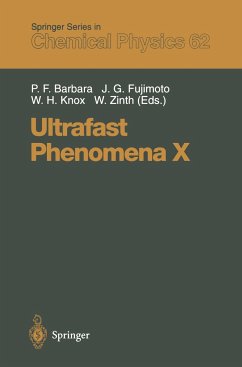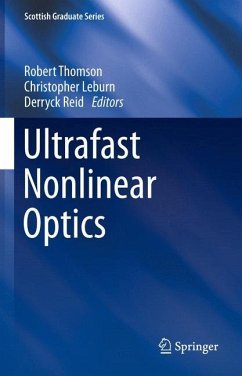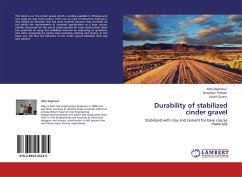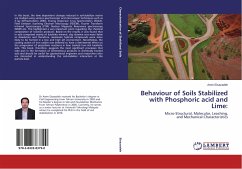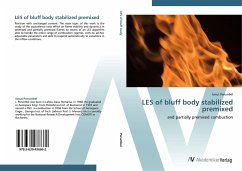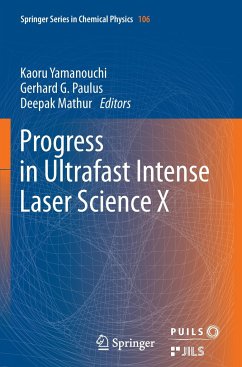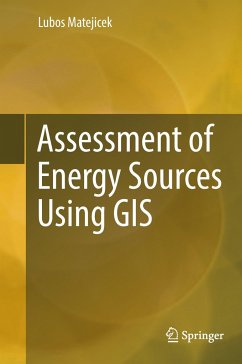
Phase-stabilized Ultrafast Laser Sources for Spectroscopy
Ultra-broadband Oscillators, Chirped-pulse Amplifiers, Enhancement Cavities, and selected Applications
Versandkostenfrei!
Versandfertig in 6-10 Tagen
39,99 €
inkl. MwSt.

PAYBACK Punkte
20 °P sammeln!
The investigation of laser-matter interactions callsfor ever shorter pulses as new effects can thus beexplored. With few-cycle laser pulses, the phase ofthe electric field oscillations becomes important formany applications.This book presents ultrafast laser sources thatprovide few-cycle pulses with controlled evolution ofthe electric field. Firstly, a technique forphase-stabilizing ultra-broadband oscillators isdiscussed. Further, the realization of aphase-stabilized chirped-pulse amplifier is described.Frequency conversion of intense laser pulses byhigh-order harmonic generation is a common ...
The investigation of laser-matter interactions calls
for ever shorter pulses as new effects can thus be
explored. With few-cycle laser pulses, the phase of
the electric field oscillations becomes important for
many applications.
This book presents ultrafast laser sources that
provide few-cycle pulses with controlled evolution of
the electric field. Firstly, a technique for
phase-stabilizing ultra-broadband oscillators is
discussed. Further, the realization of a
phase-stabilized chirped-pulse amplifier is described.
Frequency conversion of intense laser pulses by
high-order harmonic generation is a common way of
producing coherent light in the extreme ultraviolet
(XUV) spectral region.
Here, high-harmonic generation from solid surfaces
under grazing incidence instead from a gas target is
studied as higher efficiencies are expected in this
configuration.
Another approach to increasing the efficiency of
high-harmonic generation is the placing of the gas
target in an enhancement resonator. Further, the high
repetition rate of the XUV pulses enables their use
for high-precision optical frequency metrology with
the frequency comb technique.
for ever shorter pulses as new effects can thus be
explored. With few-cycle laser pulses, the phase of
the electric field oscillations becomes important for
many applications.
This book presents ultrafast laser sources that
provide few-cycle pulses with controlled evolution of
the electric field. Firstly, a technique for
phase-stabilizing ultra-broadband oscillators is
discussed. Further, the realization of a
phase-stabilized chirped-pulse amplifier is described.
Frequency conversion of intense laser pulses by
high-order harmonic generation is a common way of
producing coherent light in the extreme ultraviolet
(XUV) spectral region.
Here, high-harmonic generation from solid surfaces
under grazing incidence instead from a gas target is
studied as higher efficiencies are expected in this
configuration.
Another approach to increasing the efficiency of
high-harmonic generation is the placing of the gas
target in an enhancement resonator. Further, the high
repetition rate of the XUV pulses enables their use
for high-precision optical frequency metrology with
the frequency comb technique.



